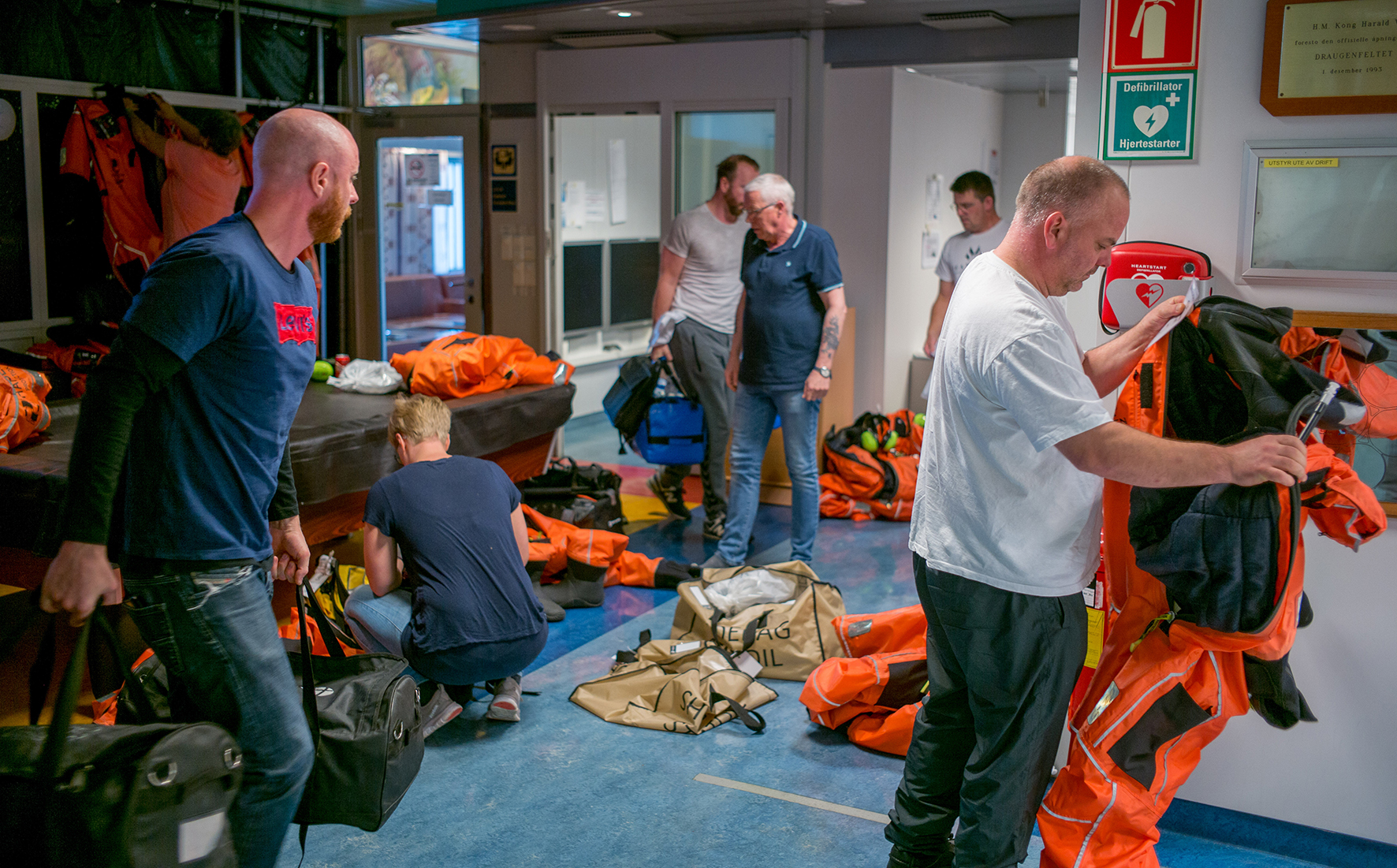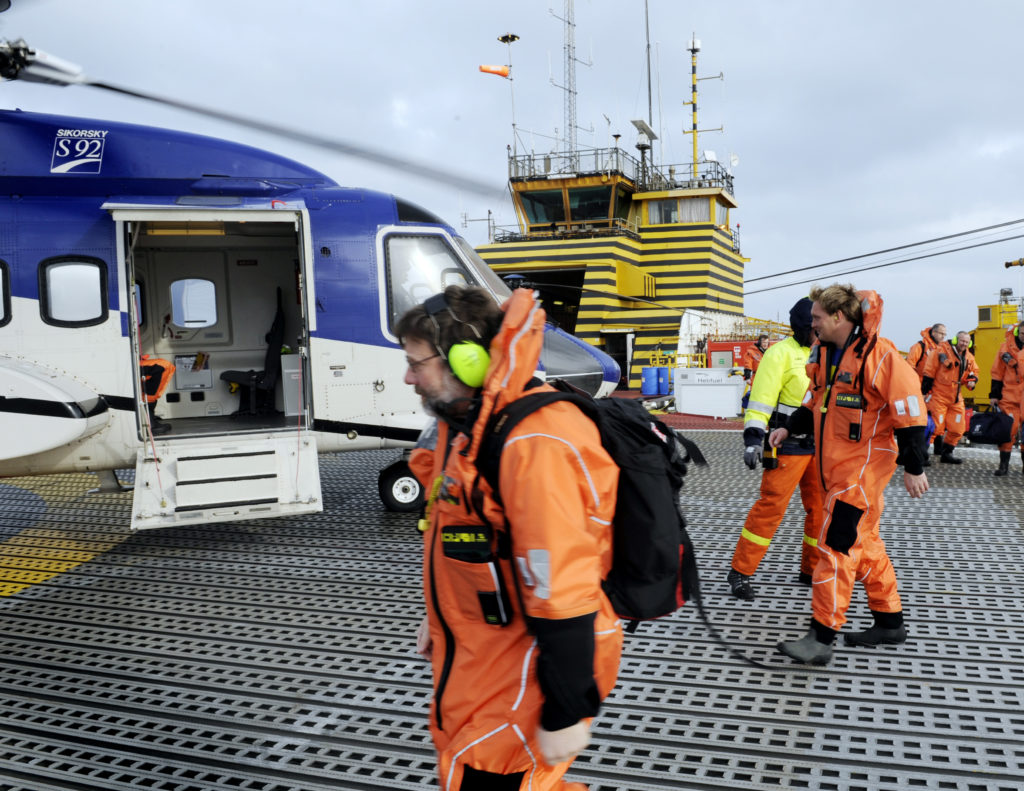More time off

Earlier practice had been to work two weeks and then alternate between three and four weeks off. The new schedule applied not only to Ekofisk, but to all personnel covered by the offshore collective pay agreements.

The background was the efforts of the Norwegian Confederation of Trade Unions (LO) to secure longer holidays for all workers in Norway. It had submitted a demand in 2000 for every employee in the country to receive a fifth holiday week, which thereby reduced the number of hours in a work-year.[REMOVE]Fotnote: This gave a further four days of 7.5 hours (32 hours) in holiday offshore. That in turn reduced hours to be worked from 1 612 to 1 580.
Implementing this was not straightforward for offshore workers on regular tours of duty. Two weeks at work and alternating between three and four weeks off left them 19 hours short of a regular work-year. That was dealt with by deducting these hours from their negotiated pay, or by leaving the first 11 hours of overtime unpaid.[REMOVE]Fotnote: Sande, Leif, “Arbeidstiden på sokkelen”, Sysla – meninger, 11 March 2015.

But the new holiday schedule meant that an offshore worker would do 12 extra hours per year. This was initially paid as overtime, which the unions found unsatisfactory. They demanded the full holiday entitlement awarded to everyone else, and the introduction of a schedule of two weeks on and four off. In 2002, the Norwegian Oil Industry Association (OLF – today the Norwegian Oil and Gas Association) allowed local deals under the offshore agreements to adopt this two-four scheme.
All the companies subject to these agreements introduced the new schedule. ConocoPhillips was among the operators to do this, in its case for the Greater Ekofisk Area. However, the two-four system meant workers were putting in 122 hours too little in the space of a year.[REMOVE]Fotnote: Working 12 hours a day for 14 days, followed by four weeks off, means that an employee works 168 hours every six-week period. That adds up to 1 460 hours per year. Annual pay was thereby cut by 7.71 per cent to take account of the reduced time worked.[REMOVE]Fotnote: Norwegian Official Reports (NOU) 2016:1, Arbeidstidsutvalget — Regulering av arbeidstid – vern og fleksibilitet. https://www.regjeringen.no/no/dokumenter/nou-2016-1/id2467468/sec16.
Other conditions were also set on Ekofisk. The whole offshore organisation was to be reviewed to find efficiency gains, and the agreement specified that the change would not lead to an increase in the workforce.[REMOVE]Fotnote: Pioner, “2-4-ordningen innføres”, March 2003.
Ekofisk Growth plan approvedOperations centre opened